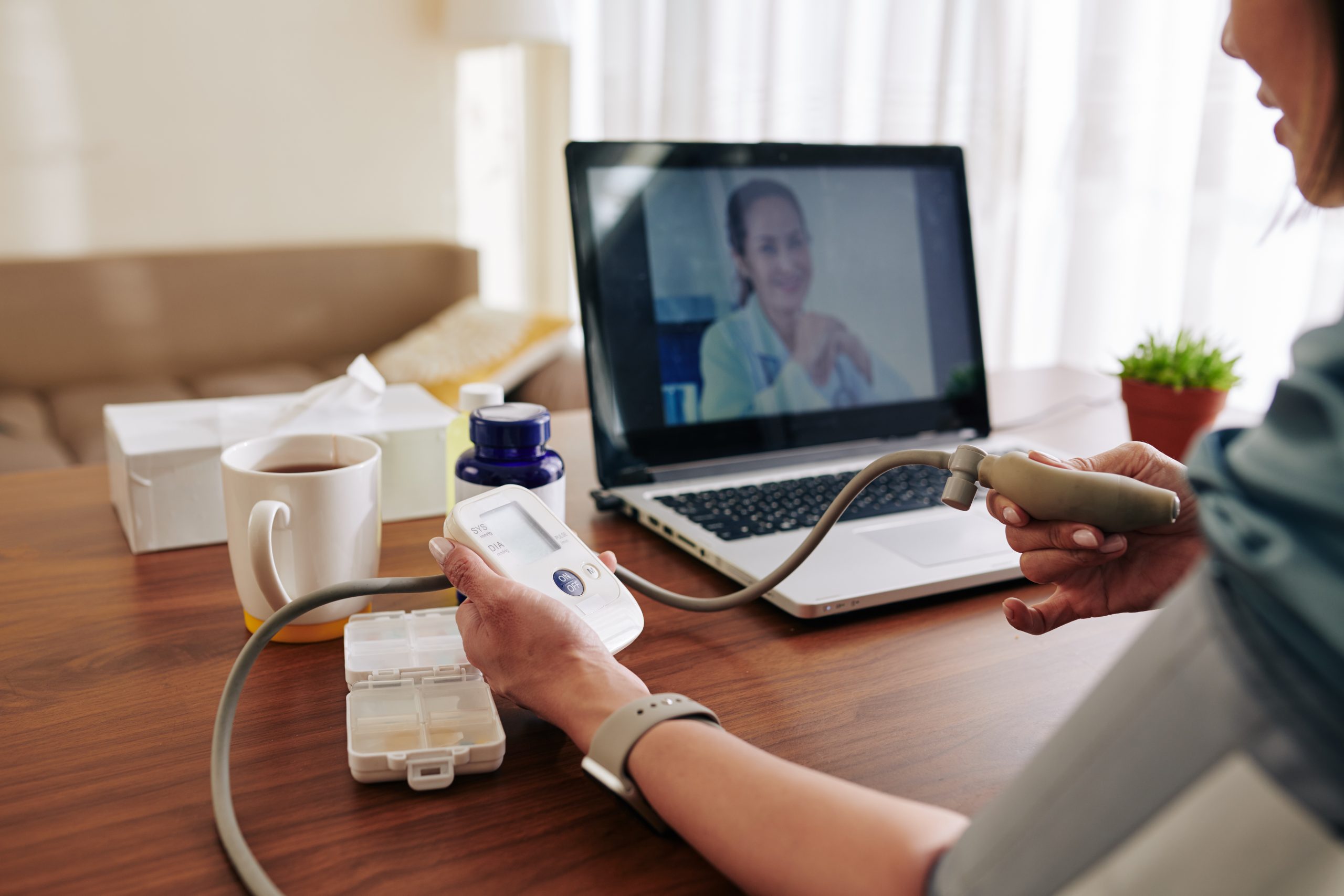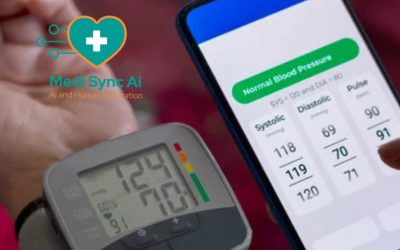Introduction
In today’s digital age, healthcare is undergoing a significant transformation. Remote Patient Monitoring (RPM) is at the forefront of this change, promising to revolutionize how patients receive care. With the ability to track patient health data remotely, RPM offers convenience, improved outcomes, and cost savings for both patients and providers. Yet, as with any innovation, it’s important to examine RPM with a critical eye.
While the benefits of RPM programs are often emphasized, the potential risks and challenges deserve equal attention. Could this seemingly flawless technology have downsides that impact its effectiveness? This post explores RPM’s advantages, hidden risks, and the future changes needed to ensure it truly enhances patient care.
By the end of this blog, you’ll have a balanced understanding of RPM, empowering you to make informed decisions about its use. Let’s delve into this game-changing yet complex healthcare innovation.
What is Remote Patient Monitoring?
Remote Patient Monitoring (RPM) refers to the use of technology to collect and transmit health data from patients to healthcare providers in real time, without the need for in-person visits. These systems often include devices like blood pressure monitors, glucose meters, and wearable trackers that send data to secure digital platforms for continuous oversight.
RPM is a subset of telehealth but distinct in its focus on real-time monitoring rather than live consultations. It’s commonly used for chronic disease management, post-operative recovery, and elderly care, among other applications.
Key components of an RPM program include:
- Devices: FDA-approved tools like heart rate monitors and pulse oximeters.
- Data Transmission: Secure channels to send patient information to healthcare providers.
- Analytics: AI or software tools to analyze data trends and flag potential issues. Healthcare providers use RPM to identify early warning signs of complications, adjust treatments, and engage patients in their health management. The technology also aligns with value-based care models by reducing hospital admissions and improving overall outcomes.
Advantages of Remote Patient Monitoring
RPM offers a range of benefits that make it an attractive option for modern healthcare systems. Here’s why it’s gaining popularity:
Improved Patient Outcomes
RPM allows for early detection of issues such as fluctuating blood pressure or irregular heart rhythms, enabling timely interventions. Studies have shown that RPM reduces hospital readmissions for chronic conditions like heart failure and diabetes.
Convenience for Patients
With RPM, patients no longer need frequent visits to their doctor’s office. They can manage their health from the comfort of their home, which is especially beneficial for those with mobility issues or those living in rural areas.
Cost Savings
By minimizing hospital stays and in-person consultations, RPM reduces healthcare costs for both patients and providers. Insurers are increasingly covering RPM programs, recognizing their role in lowering overall expenditures.
Increased Provider Efficiency
Healthcare providers can monitor multiple patients simultaneously, prioritizing those who need immediate attention. This improves workflow and reduces the burden on medical staff.
Better Chronic Disease Management
RPM provides ongoing insights into a patient’s condition, fostering long-term adherence to treatment plans. This is particularly valuable for managing diseases like hypertension, COPD, and diabetes.
Despite these advantages, RPM isn’t without its flaws. The next section will shed light on its lesser-known risks and challenges.
Hidden Risks and Challenges of Remote Patient Monitoring
While RPM programs offer clear benefits, they also come with potential drawbacks that patients and providers must navigate.
Privacy and Security Concerns
RPM relies on the collection and transmission of sensitive health data. If these systems are not adequately protected, they can become targets for cyberattacks. Breaches not only violate patient privacy but also risk non-compliance with HIPAA regulations.
Technology Barriers
Not all patients are tech-savvy or have access to reliable internet connections. Older adults, who are often the primary users of RPM, may struggle with device setup and usage, leading to frustration and non-compliance.
Cost of Implementation
Although RPM reduces healthcare costs in the long run, the initial setup can be expensive. Providers must invest in devices, training, and software, which may not always be reimbursed by insurance.
Data Overload
Healthcare providers can become overwhelmed by the volume of data generated by RPM devices. Sifting through this information to identify actionable insights is time-consuming and can lead to missed warnings if not managed effectively.
Overreliance on Technology
RPM risks replacing human interaction with digital monitoring. While convenient, this could lead to gaps in care quality, particularly for patients who benefit from face-to-face consultations.
Understanding these challenges is critical for the successful integration of RPM into healthcare practices.
Future of Remote Patient Monitoring: What Needs to Change?
To address its limitations and unlock its full potential, RPM must evolve. Here’s what needs to change:
Enhanced Cybersecurity Measures
Developers must prioritize robust encryption and frequent system audits to protect patient data. Collaborations with cybersecurity experts can bolster trust in RPM systems.
Improved Accessibility
Simplified user interfaces and multilingual support can make RPM devices more inclusive. Partnerships with telecom providers could also improve internet access in underserved areas.
Standardized Reimbursement Policies
Clearer guidelines from Medicare and private insurers can encourage more providers to adopt RPM. Standardizing reimbursement policies ensures that the financial burden doesn’t fall solely on patients or small practices.
Integration with Broader Care Models
RPM should complement, not replace, in-person care. Hybrid models combining RPM with periodic check-ups can ensure a holistic approach to patient management.
Smarter AI Tools
Artificial intelligence can streamline data analysis, flagging only the most critical alerts for providers. This reduces information overload while ensuring no warning signs are missed.
As these improvements are implemented, RPM will likely become an indispensable tool in the healthcare arsenal.
Conclusion
Remote Patient Monitoring holds immense promise in transforming healthcare delivery. From improving patient outcomes to reducing costs, RPM has the potential to address some of the most pressing challenges in modern medicine.
However, it’s essential to approach RPM with a balanced perspective. Awareness of its limitations—such as data security risks and technology barriers—can help stakeholders make informed decisions. By addressing these challenges through innovation and policy changes, RPM can truly live up to its potential.
At Medi Sync AI, we’re committed to advancing healthcare technology that prioritizes patient well-being and provider efficiency. Explore our resources to learn more about RPM programs and how they can benefit your practice or personal healthcare journey.
Ready to embrace the future of healthcare? Contact Medi Sync AI today to discover how our tailored RPM solutions can transform your care delivery.





